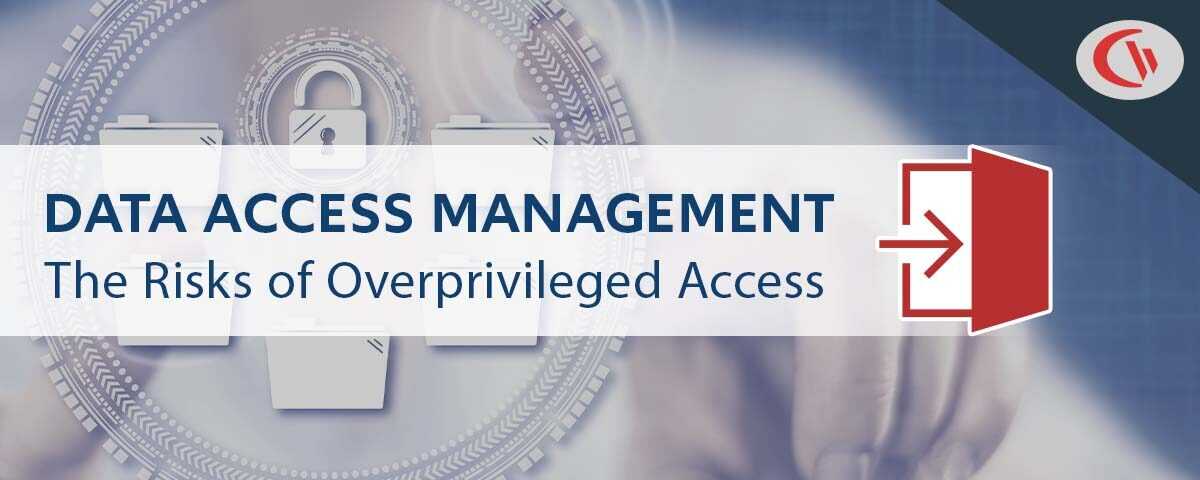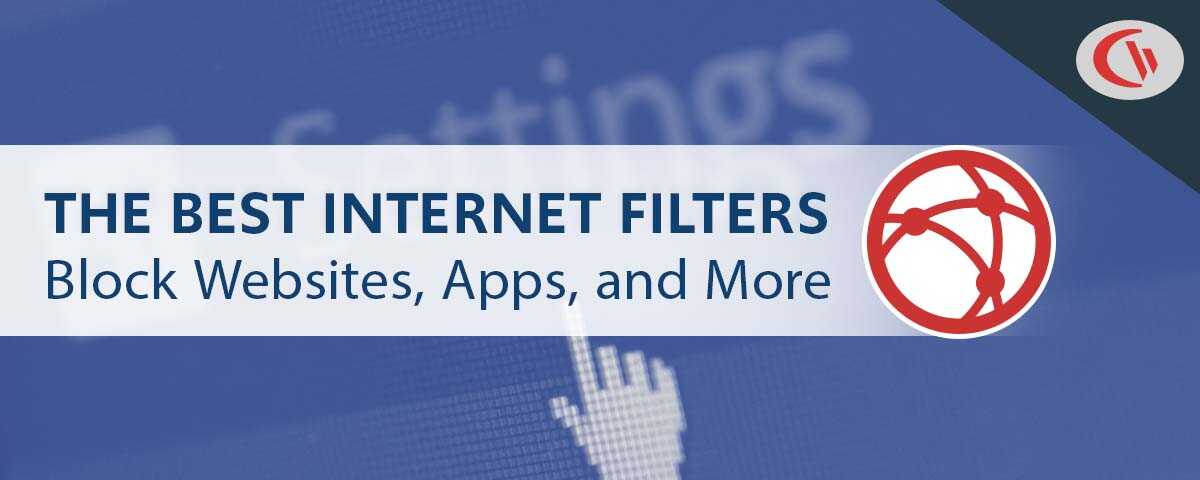How To Prevent Overprivileged Data Access From Harming Your Business

Privileged access management was designed to prevent human errors and reinforce security in general. However, even though this approach has been used for decades, studies still show that human error contributes to 95% of cyber attacks.
So what are organizations doing wrong? Are they using privileged data access in the best way possible? Sadly, many companies don’t put much thought into using their security systems correctly, but there is an easy way to fix this.
Today we’ll talk about how privileged data access can be harmful, help you understand the causes, and give you the solutions to these issues.
FREE GUIDE & CHECKLIST
How to Keep Data Safe When Offboarding Employees
The employee offboarding process presents significant data security risks. Employees have intimate access to corporate data, insider knowledge of the organization’s systems, and a level of trust that can allow them to steal data undetected.
Click the button below to learn the best practices for managing insider threat risks during offboarding & gain access to a checklist of key cybersecurity items you must include in your offboarding process.
What Is Privileged Access?
Privileged access refers to people within business environments with extended abilities or special access to data, information, and various aspects of the IT infrastructure. Privileged access is designed to help companies secure their applications and infrastructure, keep critical data confidential, and improve business efficiency.
Privileged access management is a part of access control designed to ensure sensitive information is shared only with the right people to prevent security issues and data leaks. Privileged access isn’t limited to human users — it extends to machine identities and applications.
Some examples of privileged access for humans are super-user accounts used by system administrators for configuring systems or applications. Another popular privileged access variation is local administrative accounts for accessing and changing local devices or machines.
What Are Overprivileged Users?
Over-privileged users are roles, people, or identities with excessive privilege required to carry out their tasks. A typical example of over-privileged users are people with identities that need access to local files or devices, but they have network admin credentials and rights.
On the other hand, there are other examples of overprivileged identities, like when cloud-based resources get the “owner” title. These overprivileged entities are difficult to identify and can pose a great risk. These users either ask for privileges and get them with a reason or collect privileges over time.
Enterprises often give applications more permissions than needed, turning them into growing risks. Overprivileged users can lead to unfortunate security outcomes, especially if they’ve been unchecked for a long time.
Although there are many ways for creating overprivileged users, here are some of the most common examples:
- Data grows, changes, and moves. That’s why a person with data access might have access to a different data set that isn’t their concern. Companies often miss out on data changes and don’t check current privileges.
- People in charge of granting access privileges to users often don’t understand the roles, data, applications, and storage rules to make the right decisions and end up granting data to the wrong people.
- Organizations change constantly, introducing new professionals, projects, and teams. However, when people leave a project, they often retain their old access permissions.
How Can Overprivileged Access Create Security Issues?
Overprivileged access can lead to devastating outcomes. The biggest issue is data security, and there are multiple ways overprivileged access can disrupt the security strategy of your business.
Data Loss
Data loss or theft is one of the biggest threats to overprivileged access. For example, former employees who retain access credentials can extract data to get revenge on their former organizations or make a profit.
Overprivileged users can change or damage data, expose other people’s data, etc. At the same time, applications or systems with excessive privilege can also gather sensitive data that can harm your business.
Disrupted Compliance
Many organizations can’t control or monitor privileged accounts, and they expose themselves to compliance violations and other cybersecurity threats. Furthermore, companies often have difficulties controlling cloud platform access, further deepening operational complexity and creating compliance risks.
Evolving Privilege
Accounts and users can gather privileges over time. This concept is called “evolving privilege”, meaning that a user might start with basic access and get access to all of your systems.
Companies sometimes promote people to specific positions and give them adequate access. However, some systems have loopholes that allow people to gain privileges and perform actions without control or monitoring.
Ways Of Preventing Overprivileged Data Access
Even though having too much data access can cause many issues, there are ways to set a privileged access system in place — one that benefits your business instead of exposing it to security risks. Here’s how.
Adopt The Principle Of Least Privilege
Every overprivileged account is a security vulnerability. With this in mind, it makes sense to limit the number of privileged users using the principle of least privilege. The principle of least privilege gives every user only the level of access required to handle their tasks.
That limits exposure and creates an account provisioning and de-provisioning framework. All the accounts need to be audited regularly using the principle of least privilege standards. Over time this creates a much safer network with transparency and limited vulnerabilities.
Limit The Number Of Admin Accounts
Admin accounts are the ones that can access all the systems within your network, make changes, start processes, and give other people access. When you adopt the principle of least privilege, you will find it easier to determine who should have admin account privileges and which admin privileges you should remove.
Furthermore, you should limit the number of accounts to one or two people. You can assign special administrative roles with limited access if you have a large organization and need to manage many people.
Control How Privileged Accounts Are Used
Once you’ve established who has elevated access, you can start tracking and monitoring the activity of privileged users. Monitoring and tracking privileged account activity allows you to recognize malicious or poor data handling on time — before it becomes a real problem.
Replay tools, session recording software, and monitoring tools provide insight into employee behavior, allowing you to see who has performed which actions and when.
Once you recognize poor practices, you can instantly address the issues with your employees and even recognize loopholes in your access management system to close the gaps on time.
Use A Robust Privileged Account Management System
Privileged access management tools or PAMs are used to deal with the issues of privileged access, including overprivileged users. Some PAM tools are used by IT professionals and software and can be deployed through the cloud or on-premises.
A good PAM solution can discover privileged accounts throughout your network, applications, or infrastructure. These solutions also need comprehensive features that allow you to manage privileged accounts quickly.
Some other essential features to look for in a PAM tool include recording, monitoring, session establishment, access control, and credential vaulting.
Manage Data And Track How It’s Changing
Data is an integral part of the business. It allows companies to improve their processes and make informed decisions that lead to better performance. Companies must implement robust data management and storage systems that protect their data and only provide access to authorized users.
However, a certain dataset can change dozens of times during its lifecycle. It’s essential to keep track of data, understand it, and provide access to users that need it. When data changes, it’s vital to assess what it contains and who needs it.
Data tracking tools allow you to understand the metrics within datasets, analyze data, organize, and collect. This not only helps organizations understand who should have access to what data, but it helps get valuable insights.
Perform PAM Audits
Companies must audit privileged access management consistently to detect security issues early on and adhere to safety policies. Enterprises can utilize tools that simplify workflows with custom integrations, session monitoring, and automated access.
With these technologies, companies can evaluate new employees, existing employees, contractors, partners, developers, and IT admins. Furthermore, these tools can help track account activity and recognize anomalies, see administrative changes, find permission level changes, and access any critical information.
Train Privileged Users About Security Threats
Security awareness training is essential for employees and organizations. Even if all of your employees are using their privileged access correctly, they can still be victims of phishing attacks, malware, social engineering, etc.
The 2021 Insider Data Breach Survey from Egress shows that 84% of cyberattacks happen due to human error. In other words, training employees to reduce the number of security vulnerabilities is essential. However, organizations must invest in official training supported by security experts.
At the same time, you should let employees know that security is a priority and that it’s an integral part of their work.
Grant Temporary Access To Data
When giving access to data, always prefer to give temporary access to the data. Giving access in a “just-in-time” manner means that users will get access for the duration of the project, and will lose that access automatically when they no longer need it. This is often done automatically by a data security platform.
Conclusion
Privileged users are a weak link within organizations because they can access the most sensitive IT systems, apps, and data. However, they are necessary if you want your organization to run smoothly and make the right decisions.
That’s why you must apply these principles and turn your privileged data access into a strategic benefit rather than a security vulnerability.
FREE Employee Offboarding Checklist Template—Prevent Data Theft by Departing Employees
Concerned about the damage a soon-to-be-ex-employee could cause with access to IP, passwords, and other sensitive data?
Follow this employee offboarding checklist to protect your organization against insider data theft.
About the Author
Ben Herzberg is the Chief Scientist and VP of Marketing for the DataSecOps platform Satori. He is an experienced tech leader and book author with a background in endpoint security, analytics, and application & data security. Ben has previously filled roles such as the CTO of Cynet and Director of Threat Research at Imperva.


